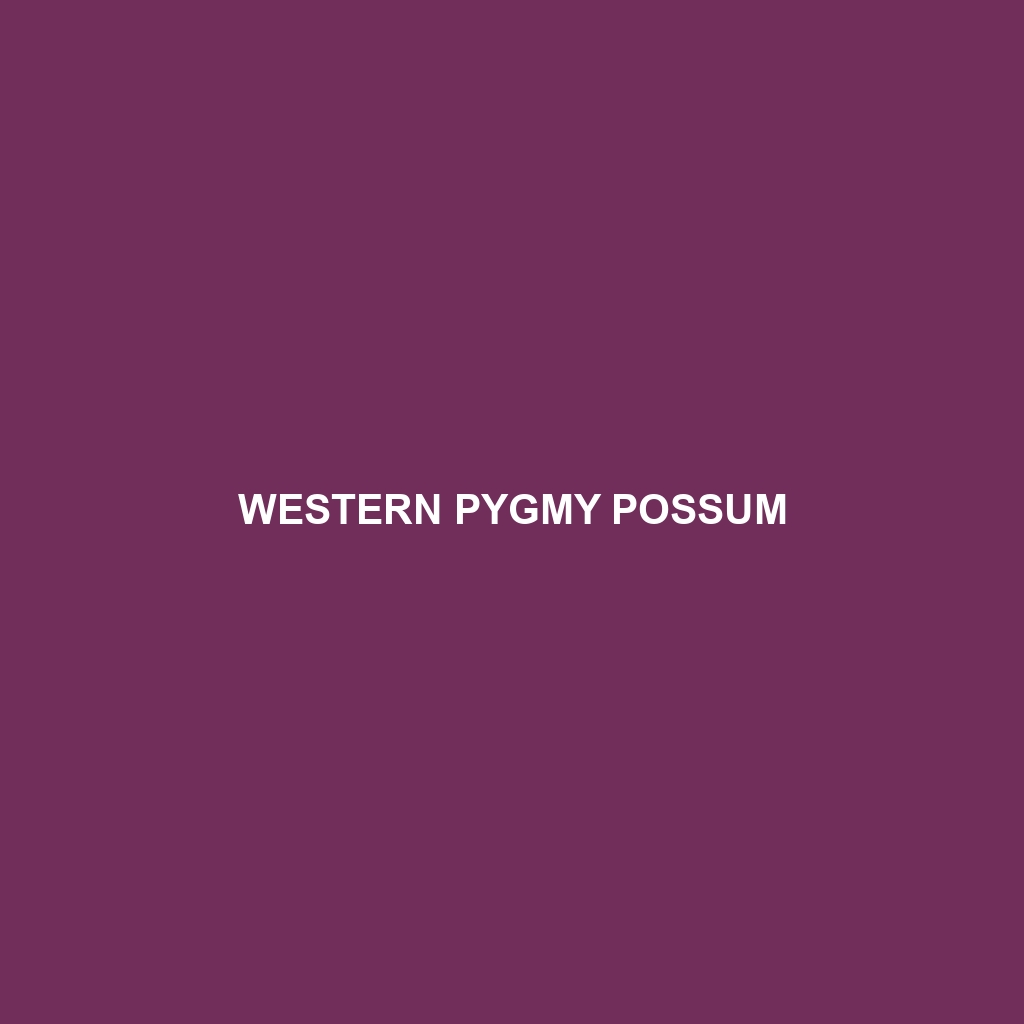Little Pygmy Possum: The Tiny Marvel of the Night
:
The Little Pygmy Possum (Cercartetus lepidus) is one of nature’s smallest marsupials, captivating with its diminutive size and nocturnal lifestyle. Native to Australia and parts of New Guinea, this elusive creature is an arboreal wonder, adapted exquisitely to its environment. Despite its small stature, the Little Pygmy Possum plays a significant role in its ecosystem, contributing to pollination and seed dispersal.
Physical Characteristics:
Size: The Little Pygmy Possum is incredibly small, measuring between 5.5 to 7 cm (2.2 to 2.8 inches) in body length, with an additional tail length of about 7 to 9 cm (2.8 to 3.5 inches). They typically weigh between 10 to 15 grams (0.35 to 0.53 ounces).
Coloration: This tiny possum has a soft, fur-covered body with a greyish-brown back and a lighter, creamy underbelly. Their fur provides excellent camouflage amongst the foliage.
Special Features: One of the most distinctive features of the Little Pygmy Possum is its prehensile tail, which is not only long but also capable of curling around branches for stability. They also possess large, forward-facing eyes adapted for night vision, and sharp claws for climbing.
Behaviors:
Social Interactions: Little Pygmy Possums are largely solitary, but they can sometimes be found in small groups, especially during colder months when they huddle together for warmth. They communicate through a series of high-pitched calls.
Feeding Habits: These possums are omnivorous, feasting mainly on nectar, pollen, and insects. Their diet makes them important pollinators for various plant species, including several types of Eucalyptus and Banksia.
Ecological Roles: By feeding on nectar and pollen, Little Pygmy Possums contribute significantly to the pollination of native plants. Their activity helps maintain the health of their habitats’ floral communities.
Habitats:
Little Pygmy Possums are primarily found in a variety of forested environments, including temperate forests, woodlands, and heathlands. They prefer areas with dense understory vegetation where they can forage and find shelter. These habitats are generally located in southern Australia, including Tasmania and parts of Victoria and South Australia.
Adaptations:
Nocturnality: Being nocturnal allows the Little Pygmy Possum to avoid many predators and reduces competition for food resources.
Prehensile Tail: The tail aids in climbing and provides balance and stability, crucial for navigating through dense foliage.
Hibernation: During colder months, Little Pygmy Possums can enter a state of torpor to conserve energy, lowering their metabolic rate and reducing the need for food.
Conservation Status:
The conservation status of the Little Pygmy Possum is currently listed as “Least Concern” by the IUCN. However, habitat destruction due to logging, agricultural expansion, and urbanization poses ongoing threats to their populations. Conservation efforts are focused on habitat preservation and monitoring population trends.
Fun Facts:
Despite their tiny size, Little Pygmy Possums can leap impressive distances, showcasing their agility and strong hind legs.
Their diet includes a significant amount of nectar, making them one of the world’s smallest pollinators.
The Little Pygmy Possum’s ability to enter torpor is similar to hibernation in larger animals, allowing it to survive harsh conditions with limited food availability.
The Little Pygmy Possum is a fascinating example of the incredible diversity within the marsupial family, demonstrating unique adaptations to its environment. Their role in pollination underscores the interconnectedness of species within ecosystems, highlighting the importance of conservation efforts to maintain biodiversity.
